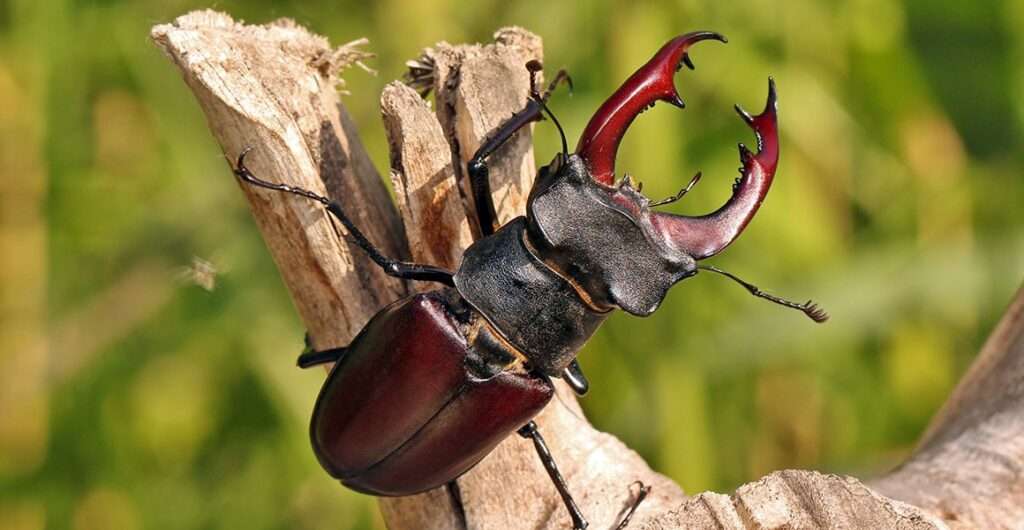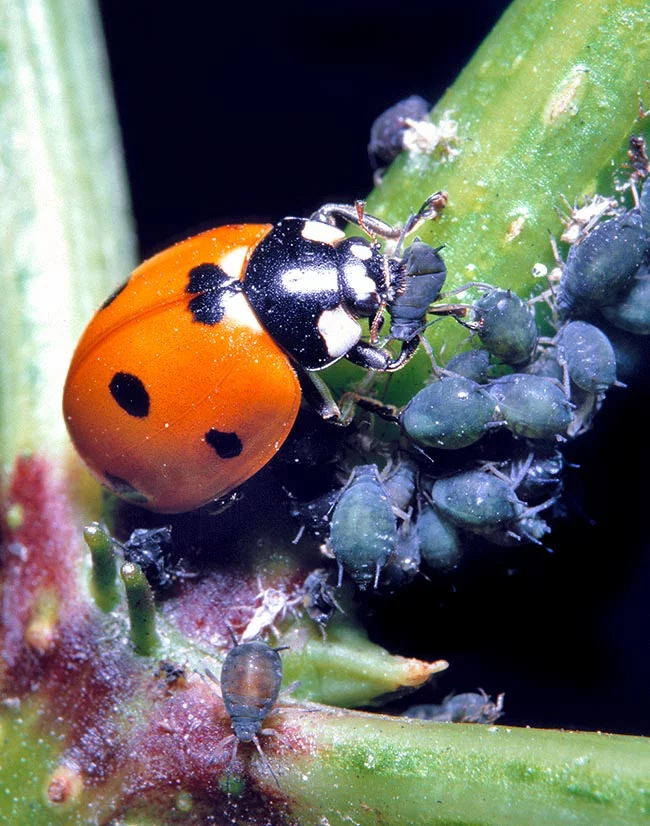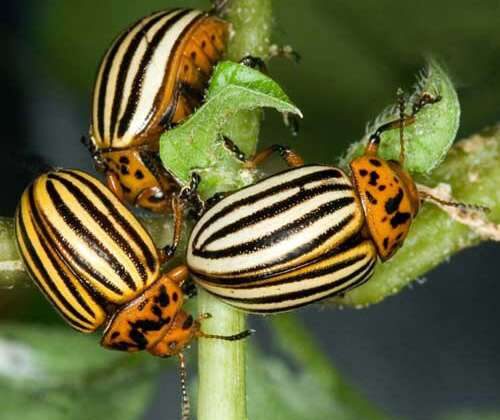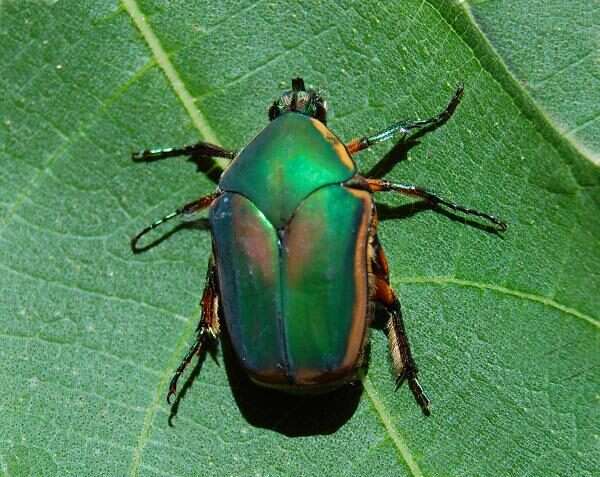
One of the most well-known species of stag beetles in Western Europe is Lucanus cervus, also referred to as the European stag beetle or the greater stag beetle. It is also the name of the genus.
Description
- Males and females are sexually dimorphic, with males having larger mandibles and females being smaller.
- The male’s mandibles look menacing, yet they aren’t strong enough to hurt anyone. However, females are capable of giving a painful bite. The scientific and colloquial names of the species are derived from the males’ mandibles, which resemble stag antlers, and from the usage of these mandibles in male-to-male combat, much like with deer.
- The adult size of this species varies depending on where it is found; for instance, beetles from Spain, Germany, and the Netherlands are larger than those from Belgium or the United Kingdom.

Distribution
Lucanus cervus is common throughout Europe, although it is not present in Ireland. It is common throughout Germany, primarily in the south. This species is common in Hungary’s hilly and mountainous regions. It is very common in Romania, especially in the mountainous regions with sun-exposed slopes. It also happens in Turkey’s European region. It is primarily found in the northern and central areas of Italy. It exclusively exists in the northern region of both Spain and Portugal. It is mostly restricted to the south-east of England in the United Kingdom, where it is pervasive.
Habitat
A variety of trees, such as those in the families of oak (Quercus), lime (Tilia), beech (Fagus), willow (Salix), and some species in other families, such as ash, black poplar, horse-chestnut, wild cherry and common walnut, have been linked to lucanus cervus (Juglans regia). The allochthonous Quercus rubra’s dead wood was near larval development locations.
Diet
They consume a lot of rotting wood, replenishing the soil with vital nutrients, but they don’t consume living trees or shrubs. The name “Stag Beetle” comes from the fact that males have huge mandibles (jaws) that resemble deer antlers.
Lifecycle
Adults first appear from the end of May to the Starting days of August, and they are most active at night. Females deposit their eggs deep into the soil in a piece of rotting wood. The blind, “C”-shaped larvae of stag beetles feed on rotting wood in a number of locations, including stumps of tree, shrubs, old trees, compost and leaf mold. The larvae have an orange head that stands out sharply from the very pointed brown pincers and a cream-colored, soft, translucent body with six orange legs. They can communicate (stridulate) with other larvae thanks to the combs on their legs. It takes the larvae one to three years to develop through multiple instars, or stages, to become pupae.
How are stag beetles kept?
Because stag beetles are nocturnal creatures, no special heating or lighting is needed. To establish a natural photoperiod, it is recommended that natural light reach the room where your animals are housed.
For most species, temperatures should be kept between 20 and 25 °C. Stag beetles normally bury themselves into the cool ground to escape the heat, so it is not advisable to use heat mats around them because they will cause the substrate to dry up. The humidity must be kept between 70 and 80 percent, but keep in mind that you want to maintain a damp but not soggy substrate.
Adult stag beetles can be kept alone, in pairs, or in sexed groups in suitable plastic or glass terrariums.
Table





